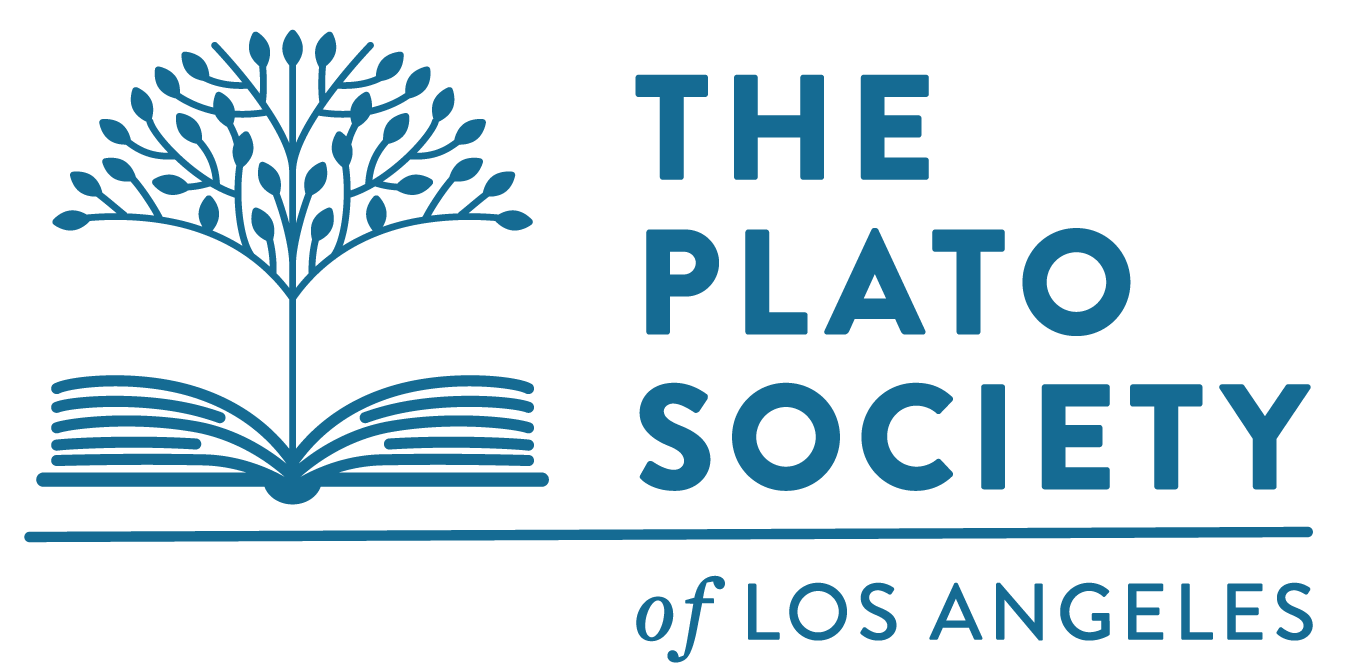“Depending on what we define as the “Middle East” the region consists of at least fourteen different independent states, plus the Palestinian territories, that have variously fought, meddled, traded, allied, blockaded, invaded, condemned and forgiven one another- and that’s just in the last decade. It therefore should not be surprising that the politics of this region are complex and in constant flux, particularly as more powerful nations such as Iran, Turkey and Saudi Arabia try to influence their neighbors and external powers including the United States, Russia, China, and France stir the pot for their own advantages. Add to this the rich histories, conflicting religious beliefs, modern traumas, imbalances in wealth , and complicated seems like a gross understatement. Western media outlets, commentators and governments play down the complexity and fall back on simplified explanations. Religion is one simplification. Oil is another and the aftermath of Western Imperialism a third. Obviously, each has a bearing on the Middle East puzzle but they are only some of the factors driving the real dynamics behind middle east geopolitics.
This SDG is aimed at participants who are interested in understanding that complexity and are looking for a place to start. Although our discussion will include Palestine and internal conflicts in Israel, this is not an SDG about the Hamas attacks or the current war in Gaza. Our book, Battleground: 10 Conflicts that Explain the New Middle East, by Christopher Phillips, focuses on conflicts as a starting place to build this understanding. Conflict is defined broadly, not just wars like those in Syria or Yemen but also “fraught conflicts” like those in Lebanon and Iraq or regionwide disputes as in the Gulf or Kurdistan. Why focus on conflicts? Perhaps because they offer a very good window into the region’s geopolitics and show how the state of local politics, informed by history and decisions of the ruling elite interact with outside forces, whether neighbors or more distant powers seeking to use the Middle East as proxies.
Our book explores ten conflicts: Syria, Libya, Yemen, Palestine, Iraq, Egypt, Lebanon, Kurdistan and the Horn of Africa. I hope you will join me and David Sternlicht, our co-coordinator at 10:00am on Wednesdays at Galey to begin to try to unravel this puzzle and to understand why we get it wrong so often.








